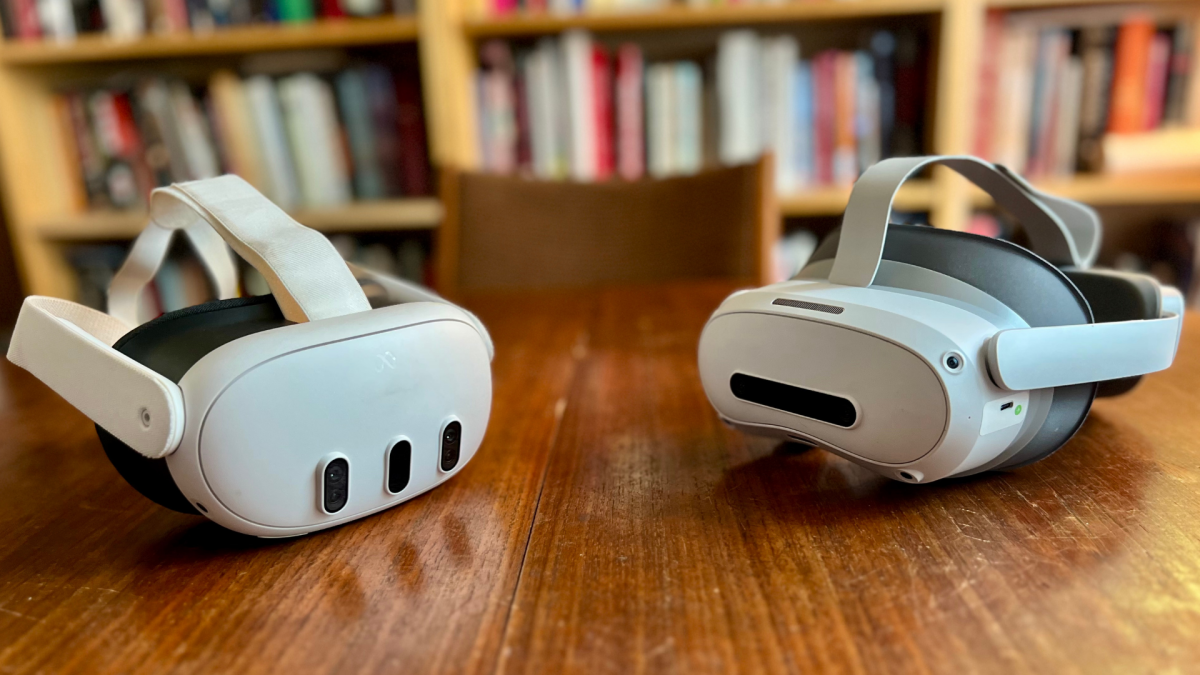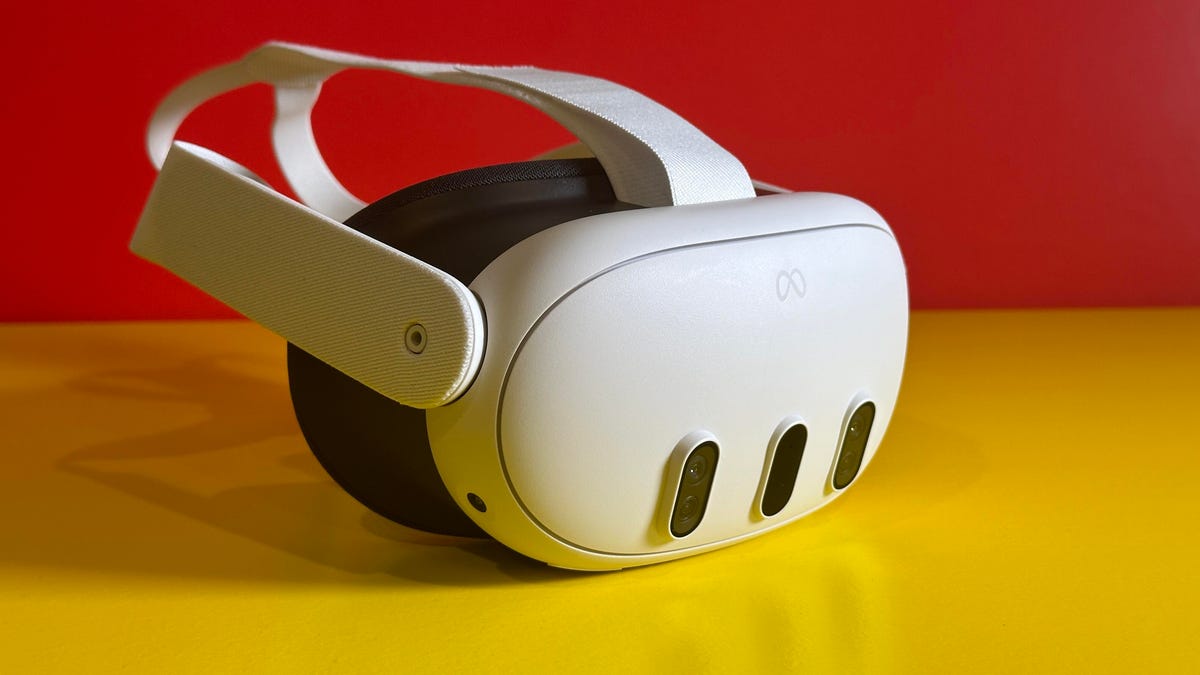Tech
CPC Full Form: Understanding Cost Per Click Advertising
In today’s world, online advertising has become a crucial aspect of marketing for businesses. One of the most common terms in the world of online advertising is CPC, which stands for Cost Per Click. In this article, we will delve deeper into the CPC full form, its definition, and how it works.
Table of Contents:
- CPC Full Form
- What is CPC?
- How Does CPC Work?
- Benefits of CPC Advertising
- CPC vs. CPM
- CPC in Different Advertising Platforms
- Conclusion
CPC Full Form
CPC stands for Cost Per Click.
What is CPC?
CPC is a term used in online advertising to denote the cost an advertiser pays for each click on their advertisement. CPC is often used interchangeably with Pay Per Click (PPC), which is a form of online advertising where advertisers pay for each click on their ad. CPC is an important metric in online advertising, as it helps businesses and advertisers to determine the cost-effectiveness of their campaigns.
How Does CPC Work?
CPC works by charging advertisers a certain amount for each click on their advertisement. The cost per click can vary depending on the platform, the competition, and the target audience. Advertisers bid on specific keywords and ad placements, and the platform will show the ads with the highest bids first.
For example, if an advertiser bids $1 for the keyword “shoes,” and another advertiser bids $0.50 for the same keyword, the platform will show the ad with the $1 bid first. If a user clicks on the ad, the advertiser will be charged $1.
Benefits of CPC Advertising
There are several benefits of CPC advertising, including:
- Cost-effective: CPC advertising allows businesses to only pay for clicks on their ads, making it a cost-effective way to reach their target audience.
- Targeted: Advertisers can target specific demographics, locations, and interests, ensuring that their ads are shown to the right audience.
- Measurable: CPC advertising is highly measurable, allowing businesses to track their ad performance and adjust their campaigns accordingly.
- High ROI: Because advertisers only pay for clicks, CPC advertising can offer a high return on investment (ROI) for businesses.
CPC vs. CPM
CPC and CPM (Cost Per Mille) are two common pricing models in online advertising. While CPC charges advertisers for each click on their ad, CPM charges advertisers for every 1000 impressions (views) of their ad.
CPC is often preferred over CPM as it provides a more direct return on investment for businesses. With CPM, businesses may pay for impressions that do not result in clicks or conversions.
CPC in Different Advertising Platforms
CPC is used in various online advertising platforms, including:
- Google Ads: Google Ads is one of the most popular CPC advertising platforms. Advertisers bid on specific keywords and ad placements, and their ads are shown to users who search for those keywords or visit websites related to those keywords.
- Facebook Ads: Facebook Ads also uses a CPC pricing model. Advertisers can target specific demographics, interests, and behaviors, and their ads are shown to users in their newsfeed or on Instagram.
- LinkedIn Ads: LinkedIn Ads offers both CPC and CPM pricing models. Advertisers can target specific industries, job titles, and locations, and their ads are shown to users on LinkedIn.
Conclusion
In conclusion, CPC is a crucial term in the world of online advertising. It stands for Cost Per Click and is a pricing model that charges advertisers for each click on their advertisement. CPC advertising is cost-effective, targeted, measurable, and offers a high ROI for businesses. It is used in various online advertising platforms such as Google AdWords, Facebook Ads, and LinkedIn Ads. By understanding CPC, advertisers can create effective campaigns that reach their target audience while staying within their budget.
FAQs
-
What is CPC in digital marketing?
CPC in digital marketing stands for Cost Per Click. It is a pricing model used in online advertising where advertisers pay for each click on their advertisement.
-
How is CPC calculated?
CPC is calculated by dividing the total cost of the campaign by the number of clicks received on the advertisement.
-
How does CPC affect the ROI of an advertising campaign?
CPC affects the ROI of an advertising campaign by determining the cost of each click and how many clicks are required to convert a visitor into a customer. By optimizing CPC, advertisers can increase their ROI.
-
What are the benefits of CPC advertising?
The benefits of CPC advertising include targeted advertising, measurable results, cost-effectiveness, and a high ROI.
-
What are some popular CPC advertising platforms?
Some popular CPC advertising platforms include Google AdWords, Facebook Ads, LinkedIn Ads, and Bing Ads.
Conclusion
CPC or Cost Per Click is a vital metric in online advertising that determines the cost of each click on an advertisement. This pricing model offers cost-effectiveness, targeted advertising, measurable results, and a high ROI for businesses. CPC advertising platforms such as Google AdWords, Facebook Ads, and LinkedIn Ads provide advertisers with a range of tools and features to create effective campaigns that reach their target audience while staying within their budget. Understanding CPC and how it affects the ROI of an advertising campaign is crucial for businesses to maximize their online advertising efforts.








